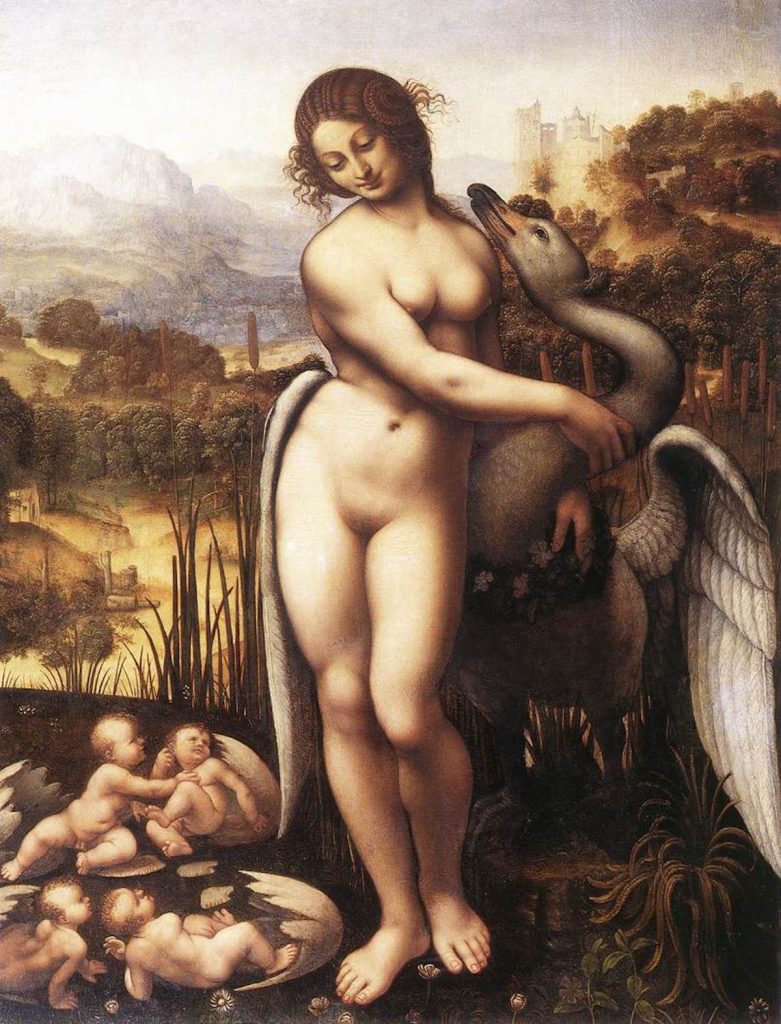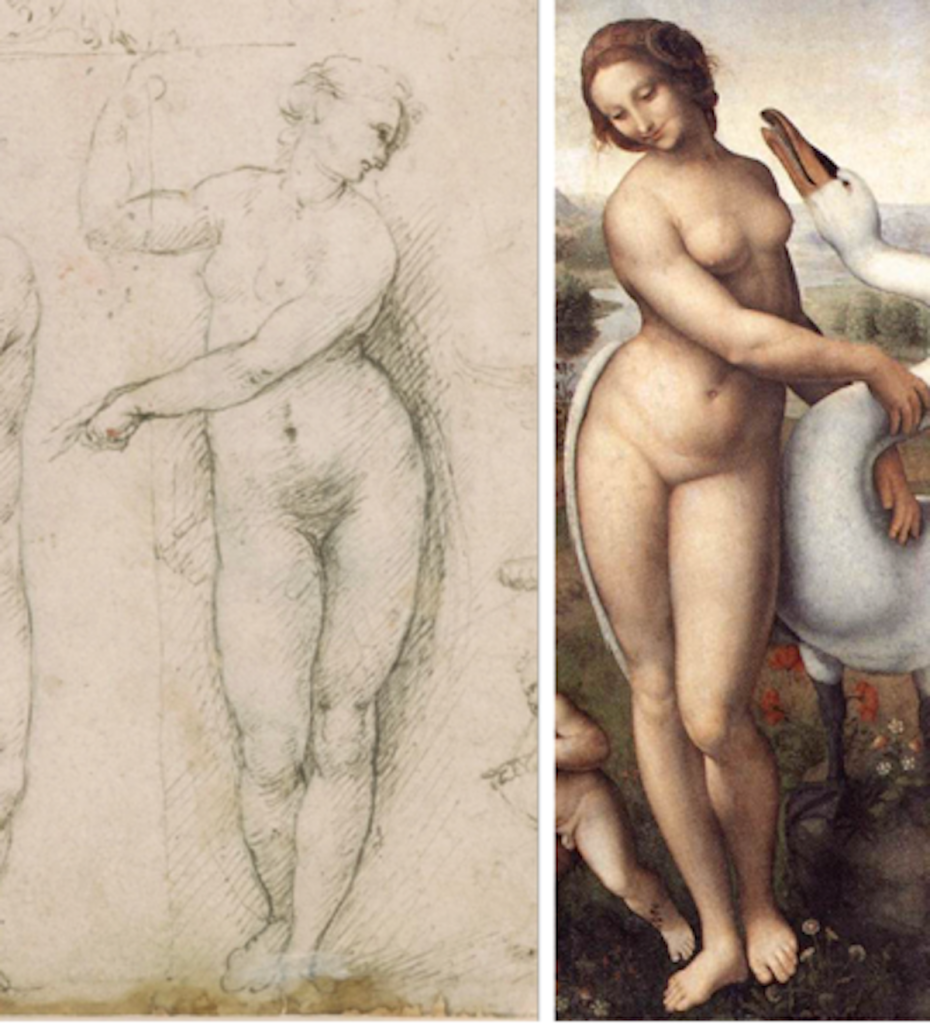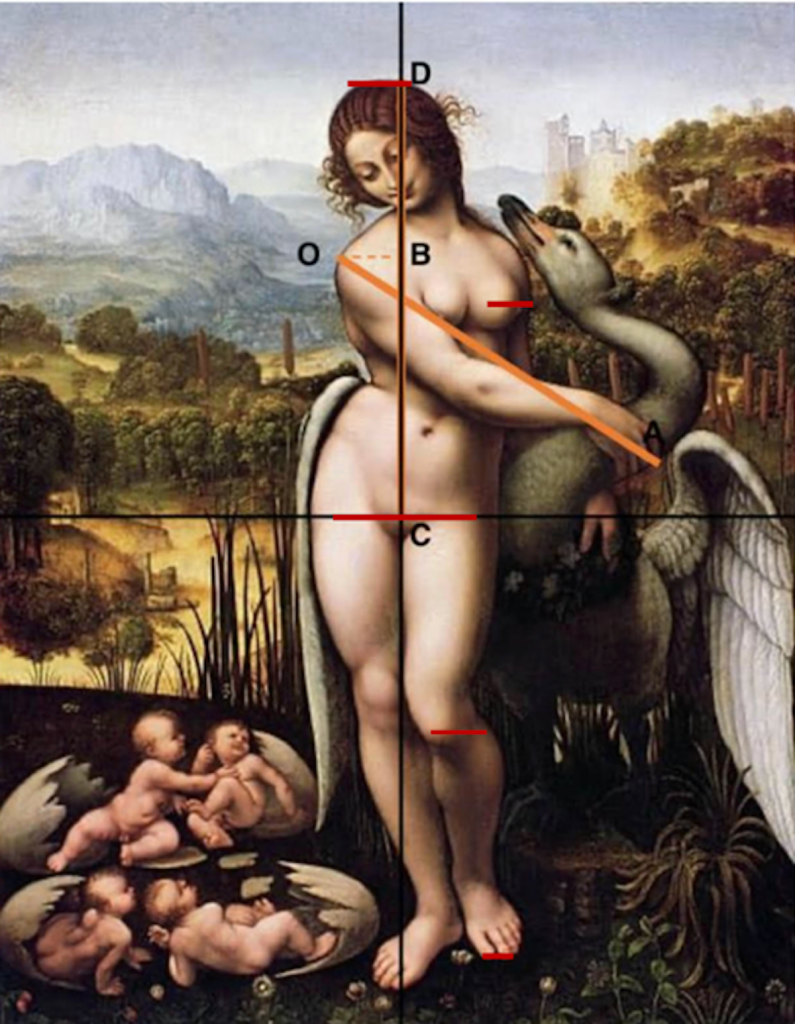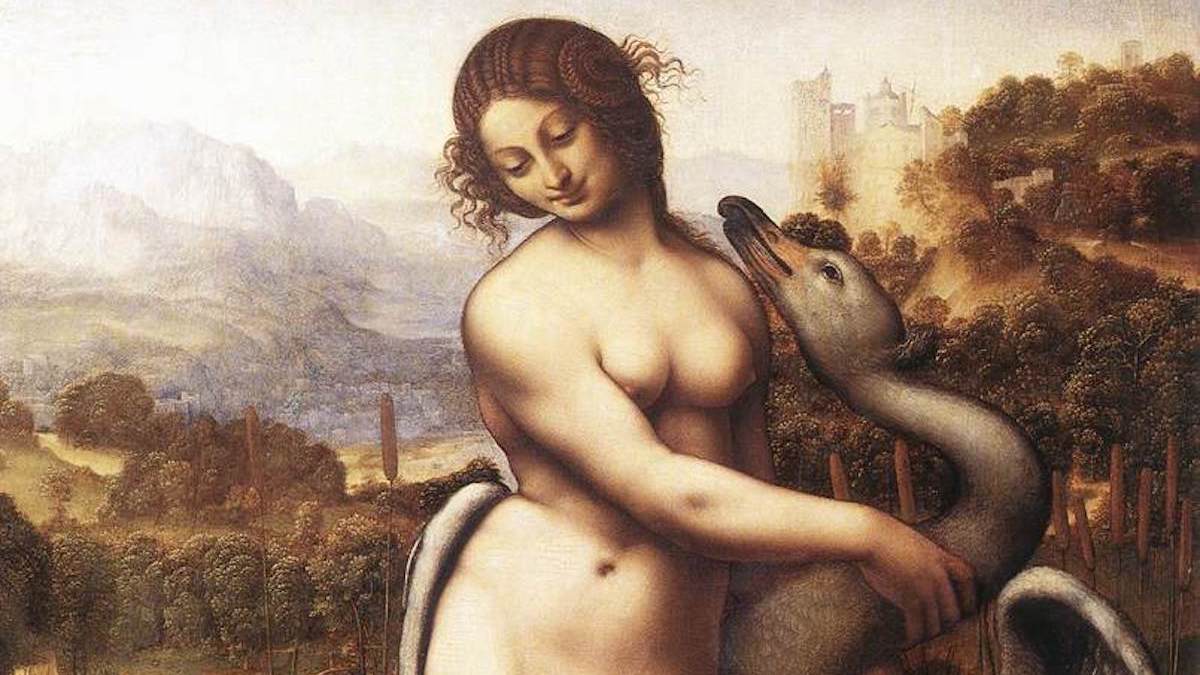"Leda and the Swan”, one of the works of the master Leonardo Da Vinci considered lost, it has finally been "found". The quotation marks in this case are a must, since the painting has always been there for all to see, even if attributed to the wrong author. This incredible discovery, which rewrites the history of art once again, was possible thanks to the work of the expert from Vinci Annalisa DiMaria, carried out together with the doctor Nathalie Popis and to the Emeritus Professor Jean-Charles Pomerol. The results of the work were then published in the journal Open Science, in an article titled “Leda and the Cygne by Léonard de Vinci”. The original work, born from the hand of the Florentine master, has been part of the collection for centuries Wilton House of the Earl of Pembroke. The latter had in fact been erroneously attributed to the painter Caesar of Sesto, who created his own version of the work, preserved in Villa Borghese a Roma.

The attribution error: from Leonardo to Cesare Da Sesto
In "Leda and the Swan", Leonardo depicts an episode from Greek mythology. Zeus, in love with Leda, Queen of Sparta and wife of Tindaro, decides to seduce her by turning into a beautiful swan. From this union quadruplets were born: the dioscuri Castor and Pollux, Elena (of Troy) e Clytemnestra, Wife of Agamemnon. Leonardo created the work in the early sixteenth century. Later, probably around 1518, Francis I. bought it together with the Gioconda, St. John Baptist e Saint Anne the Virgin and Child with a lamb. It has since become part of Fontainebleau collection. However in 1627, the work was then acquired by Thomas Howard, XNUMXth Earl of Arundel, nicknamed "The Collector Count”. Already at the time the work had been indicated as having been made by the master's hand.
The error therefore arose from an erroneous inventory dating back to the end of the XNUMXth century, which indicated the painting as still belonging to French collections. Cassian Del Pozzo in 1625 he described Leonardo's work indicating the presence of quadruplets. That of the French collection, described byabbot Dan in his book "Le tresor des Merveilles de Fontainebleau” in 1642, instead presents only twins and was a copy of Leonardo's Leda. Although it has always remained in the English collection, in the early twentieth century some art historians erroneously attributed the Wilton House painting to Cesare da Sesto. Cesare's "Leda and the Swan" preserved in Villa Borghese presents many similarities with Leonardo's work, even if the stylistic and technical approach remains far from that of the master.

Leda and the swan: Leonardo's style, technique and symbology
Like many other works by Leonardo Da Vinci, also "Leda and the swan" presents all the characteristics of Leonardo's style, in particular the science of measure and proportions. In fact, Leonardo's Leda complies with incredible precision the Vitruvian proportions, considering the inclination of the body and the length of the arm. Furthermore, for Leda's face Leonardo used his disciple as a model Salai for his androgynous beauty, which embodied the duality of male and female virtues (already used in other works such as the San Giovanni). There is no shortage of symbolism in the painting. Although it is a mythological subject, one can be seen in the background big cross, as if it were present in a Christian place of worship. Also the flowers crown around the swan symbolizes the human soul that rises to the spiritual world. Also, in Christianity, it represents the resurrection of Christ and eternal life.

Leda and the Swan is yet another work of majestic beauty Leonardo Da Vinci's masterpiece which can now be admired with new eyes and a new critical sense. This extraordinary discovery would not have been possible without the meticulous work of Annalisa Di Maria, the specialist Popis and Professor Emeritus Pomerol. The Wilton House has always had this wonderful painting by the Florentine master in its collection, without ever knowing it. This will certainly increase the value of the museum, as a place of interest for all art lovers, and will increase the flow of tourists who will want to admire Leonardo Da Vinci's "rediscovered masterpiece".





